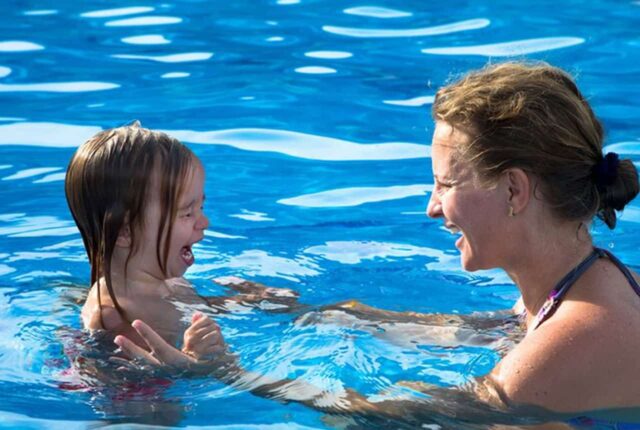Swimming is a sport that anyone can do, regardless of age or ability. It’s good for your health and it’s fun! But if you’re afraid of swimming, it can be difficult to enjoy the benefits of this activity. In this article, we’ll explore why people are scared to swim and how they can overcome their fears. We’ll also share some tips on how parents can help their children overcome their fears while staying safe at the same time.
How to spend time with your child in a fun way to Overcome A Fear Of Swimming?
The benefits of swimming for kids are vast to the mental and physical health of kids. Treading water and floating are two of the most basic swimming skills, which are easy enough for kids to learn. Once they feel comfortable with those moves, they’ll want to try something new like diving or backstroke.
You can spend more quality time with your child in a fun way by trying out swimming. Swimming lets you spend more time with family and bond with your child while having fun at the same time. This is because it also provides opportunities to engage in health-enhancing activities. Swimming also helps you create a great relationship with your kid(s) by doing something together that you enjoy, instead of spending quality time being stressed out because they’re driving you crazy!
Water Safety to avoid fear
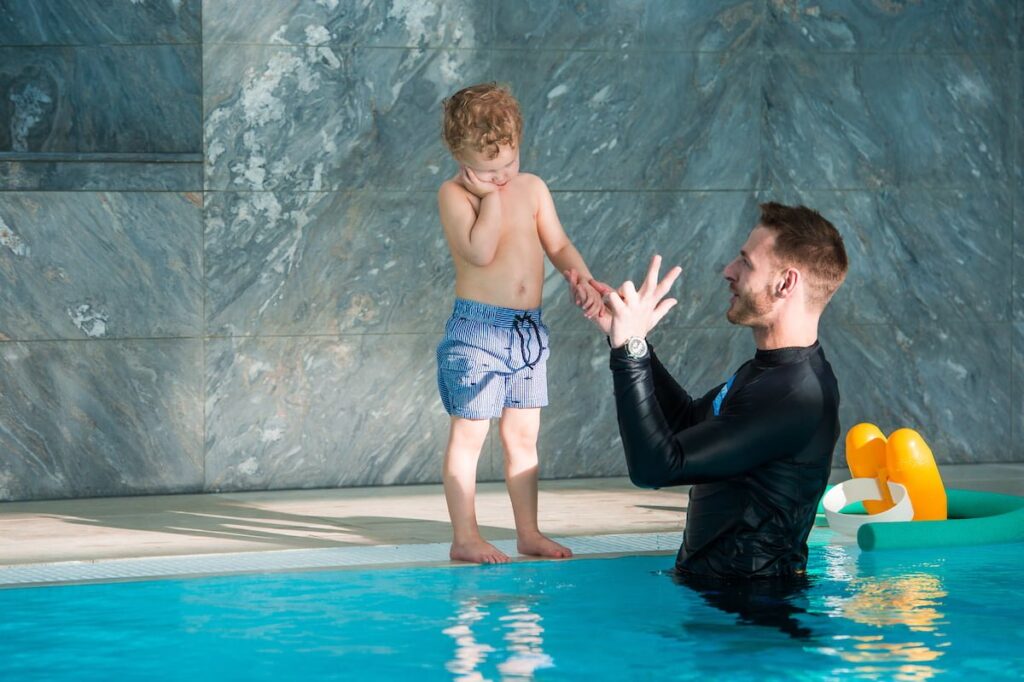
Water safety is crucial, If you find yourself stuck in deep water that is deeper than your head and you are unable to touch the bottom, do not struggle. Float on your back to assure you will be able to keep your mouth above water and wait for help. Panic may cause you to consume more oxygen than you think, especially if you can’t swim effectively or breathe at all. If no one is around to rescue you, grab onto something and pull yourself out. Only re-enter the water when you are fully calmed down and your heart rate is back to normal.
Stay calm in open water
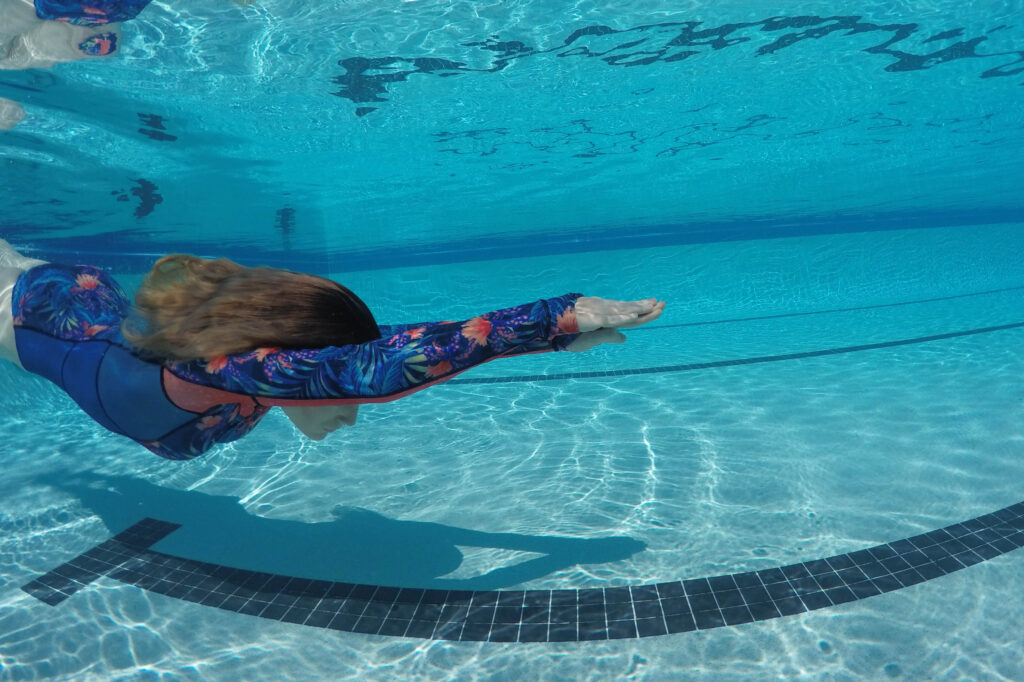
If you’re not afraid of the water and just have a fear of being in deep water, start with a pool. You can also get used to swimming if there’s a shallow end and moving further into deeper water as you become more comfortable.
If you’re scared of the deep end, try starting in the shallow end or starting with an instructor who will guide you through your first few strokes and then leave only after they think that you are ready to swim on your own. You can also take your time, don’t try to swim too far too fast!
Benefits of swimming for kids
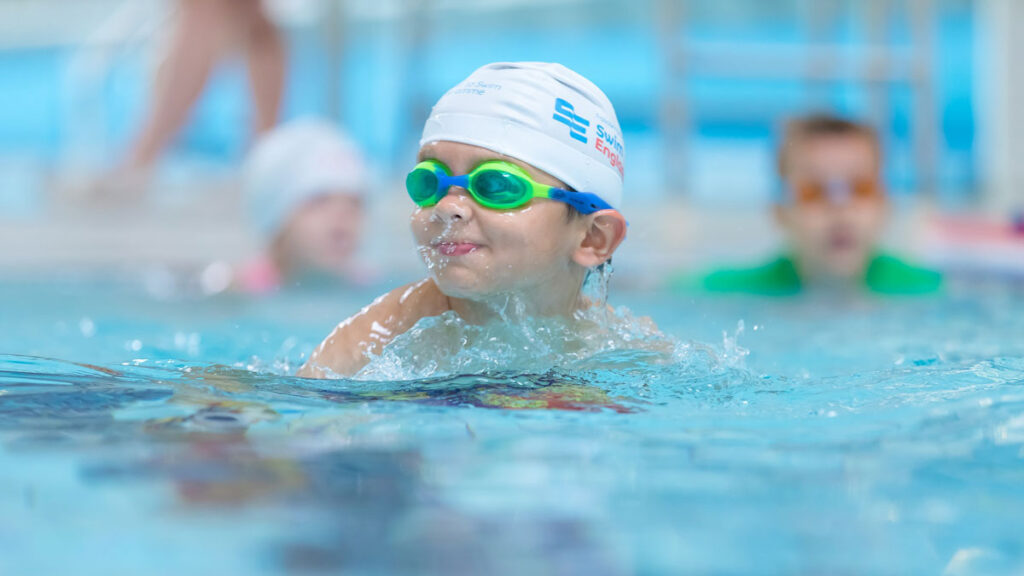
Swimming is an excellent way to improve your overall health. It’s a great form of exercise that can help you relieve stress and improve sleep, as well as boost your immune system and protect against heart disease, diabetes, arthritis, and high blood pressure.
Swimming is also a fun way to get exercise: it helps children develop both strength and flexibility while improving their coordination and balance. In addition, because swimming is done in the water there is no impact on their bones or muscles so it’s a low-impact form of physical activity.
Being in the water can also help kids build confidence because they learn how to swim without feeling scared about losing their balance or falling over if they try something new like diving into the deep end!
Learning to overcome your fear of swimming can be difficult but rewarding
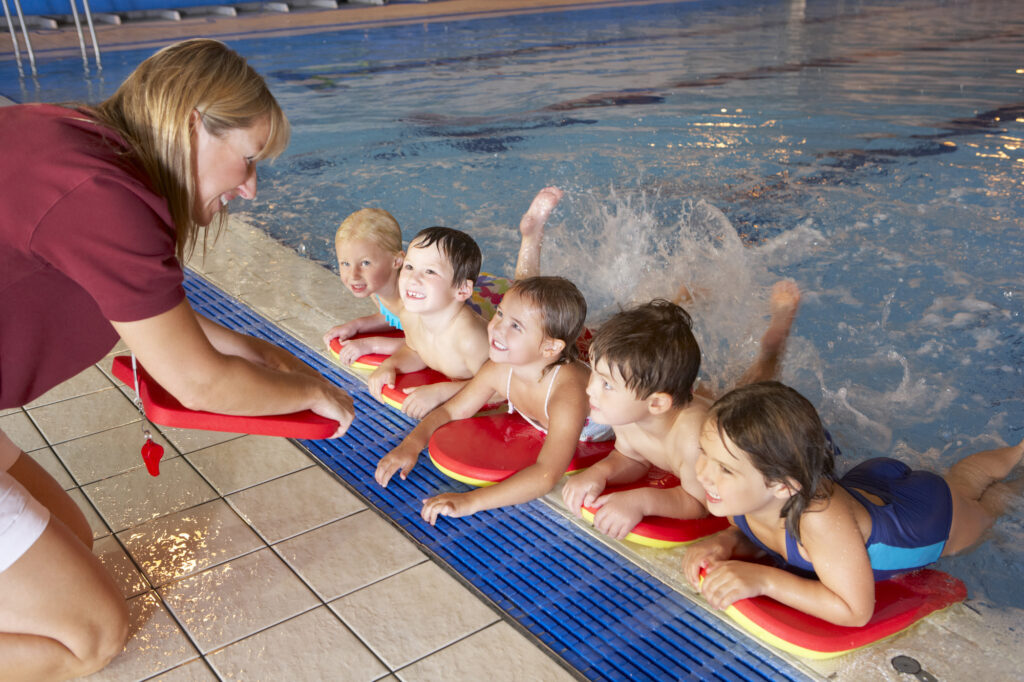
So, you’ve decided to overcome your fear of swimming. Good! Swimming is a great way to build your confidence, get some exercise and relax. Here are some tips and tricks for learning how to swim:
- Start small. If you’re just beginning your journey into the world of swimming, start by taking baby steps. Don’t try out for the Olympic team on day one! Swimming is a rewarding and fulfilling activity that can be a lot of fun.
- Practice makes perfect—but only if it’s fun! If it feels like a chore or an obligation rather than something fun then this isn’t going anywhere fast so finds ways that allow both parties involved (you & water) to have fun and be productive towards your goals together.
Conclusion
So, you’ve decided to learn to swim. The first step is to get comfortable in the water and practice your skills with a lifeguard or instructor. Don’t worry if it takes longer than expected, because building up your confidence is the most important thing! Once you’re ready for more advanced classes, seek out experienced instructors who can teach you how to overcome your fear of swimming.

